Moving wash light color mixing: additive vs subtractive?
- 1. What Are Moving Wash Lights and How Do They Function?
- 2. What Are the Primary Color Mixing Techniques in LED Stage Lighting?
- 3. How Do Additive and Subtractive Color Mixing Techniques Impact LED Stage Lighting?
- 4. What Are the Advantages of RGBW and RGBWA+UV LED Fixtures?
- 5. How Do Beam Layering and Pixel Mapping Enhance LED Stage Lighting Effects?
- LQE's Advantages in LED Stage Lighting
- Data Sources
1. What Are Moving Wash Lights and How Do They Function?
Moving wash lights are versatile lighting fixtures commonly used in stage productions to provide broad, even illumination. Unlike static wash lights, moving wash lights can pan and tilt, allowing for dynamic positioning and coverage. They are equipped with multiple LEDs that can be individually controlled to create various colors and effects, making them ideal for concerts, theater performances, and events requiring adaptable lighting solutions.
2. What Are the Primary Color Mixing Techniques in LED Stage Lighting?
In LED stage lighting, two primary color mixing techniques are employed:
Additive Color Mixing: This method combines different colors of light to create new hues. The primary colors in additive mixing are red, green, and blue (RGB). When these colors are combined at full intensity, they produce white light. This technique is prevalent in digital displays and LED fixtures, where varying intensities of RGB LEDs generate a wide spectrum of colors.
Subtractive Color Mixing: In contrast, subtractive mixing involves combining pigments or dyes to create new colors, as seen in painting or printing. The primary colors in subtractive mixing are cyan, magenta, and yellow (CMY). When these colors are combined at full intensity, they produce black. This method is less common in LED stage lighting but is utilized in certain high-end fixtures for precise color control.
3. How Do Additive and Subtractive Color Mixing Techniques Impact LED Stage Lighting?
The choice between additive and subtractive color mixing in LED stage lighting significantly influences color accuracy, brightness, and the range of achievable hues:
Additive Mixing: Offers a broader color gamut and higher brightness levels, making it suitable for vibrant and dynamic lighting effects. However, achieving pure white light can be challenging due to the limitations of RGB LEDs in producing certain wavelengths.
Subtractive Mixing: Provides more precise control over color temperature and can produce a wider range of whites, which is beneficial for applications requiring accurate color rendering, such as theater productions. However, subtractive mixing systems are typically more complex and expensive.
4. What Are the Advantages of RGBW and RGBWA+UV LED Fixtures?
To enhance color mixing capabilities, many LED stage lights incorporate additional LEDs:
RGBW: Adding a white LED to the RGB setup allows for pure white light and pastel tones, improving brightness and color rendering. This configuration is beneficial for applications requiring accurate white light and a broader color spectrum. ((https://www.lqelighting.com/led-stage-lighting-color-mixing-guide.html?utm_source=openai))
RGBWA+UV: Including amber and ultraviolet LEDs enables the creation of deeper warm tones and fluorescent effects, beneficial for immersive concerts and themed events. The amber LED provides a wider color temperature range, while the UV LED allows for unique visual effects. ((https://www.lqelighting.com/led-stage-lighting-color-mixing-guide.html?utm_source=openai))
5. How Do Beam Layering and Pixel Mapping Enhance LED Stage Lighting Effects?
Advanced techniques like beam layering and pixel mapping allow for complex color effects:
Beam Layering: Utilizing multiple fixtures to overlap beams creates depth and dynamic visuals. This technique is particularly effective in large venues where a single fixture cannot cover the desired area.
Pixel Mapping: Addressable LEDs enable the creation of gradients and animations within a single fixture, enhancing visual impact. Pixel mapping allows for intricate designs and effects, making it a valuable tool for lighting designers seeking to create immersive experiences. ((https://www.lqelighting.com/led-stage-lighting-color-mixing-guide.html?utm_source=openai))
LQE's Advantages in LED Stage Lighting
LQE Lighting offers several advantages in LED stage lighting:
Comprehensive Color Mixing Solutions: LQE provides fixtures with RGB, RGBW, and RGBWA+UV configurations, catering to various lighting design needs.
Advanced Control Features: LQE's products support beam layering and pixel mapping, enabling complex and dynamic lighting effects.
High-Quality Build: LQE fixtures are known for their durability and reliability, ensuring consistent performance in demanding environments.
Customer Support: LQE offers extensive customer support, including detailed guides and resources to assist lighting designers in maximizing the potential of their fixtures.
Data Sources
- Philips Lighting University, December 2019
- LQE Lighting, November 3, 2025
- Elation Lighting, July 2024
- Colour Literacy Project, November 2025
Distributor
Can LQE help with product training and technical guidance?
Absolutely. We offer remote training sessions, user manuals, installation guides, and continuous technical support to help your team understand and sell our products with confidence.
What is your typical lead time for distributor orders?
Our standard production lead time is 15–30 working days depending on order volume and customization requirements. For stocked models or repeat orders, we can offer shorter delivery times.
How can I apply to become a distributor?
Simply fill out the contact form on this page or email us directly with your company information, market background, and cooperation intention. Our sales team will get in touch with you within 1–2 business days.
Is there a minimum order quantity (MOQ) to become a distributor?
MOQ requirements vary based on the product line and market region. However, for long-term distribution partnerships, we are flexible and can start with a trial order to build trust.
1000w
Do You Supply After-Sale Service?
LQE lighting offers 7x24 hrs systematic SOP customer support with dedicated personnel, ensuring quick and comprehensive assistance for stage lighting needs.
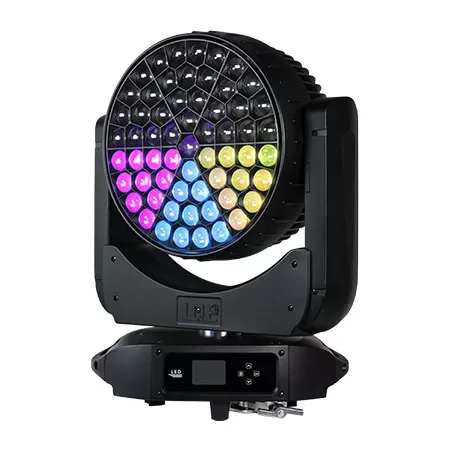
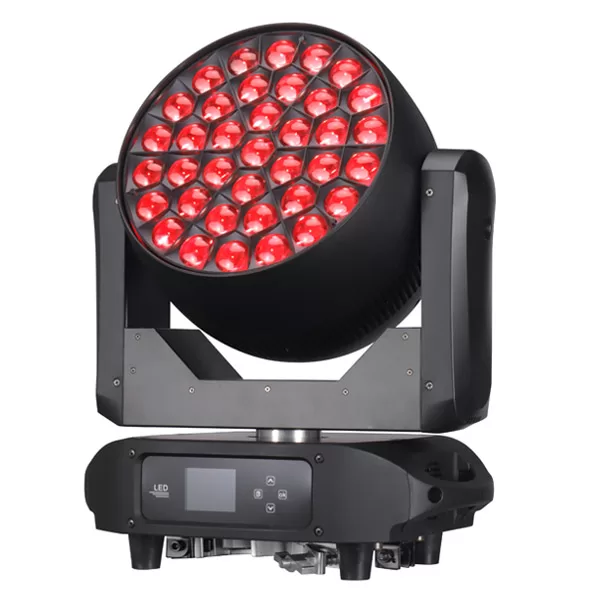

Want to learn more information?
[Reach out to us and receive professional guidance, a personalized quote, and the best solution for your needs.]

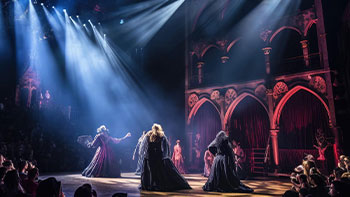
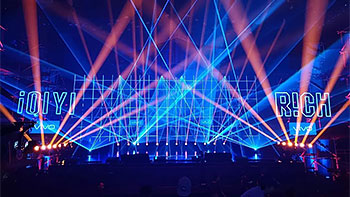

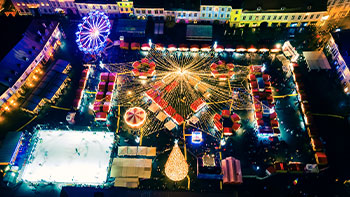









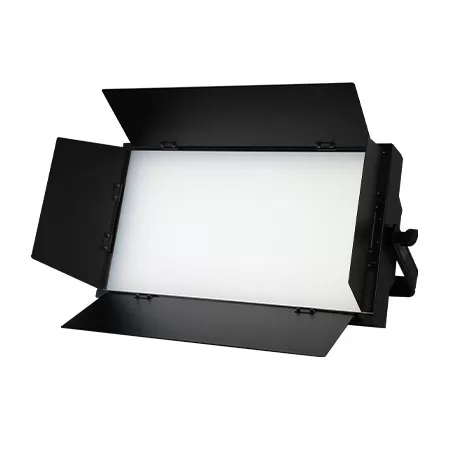
Linkedin
YouTube
Whatsapp: +8618924548390
TikTok